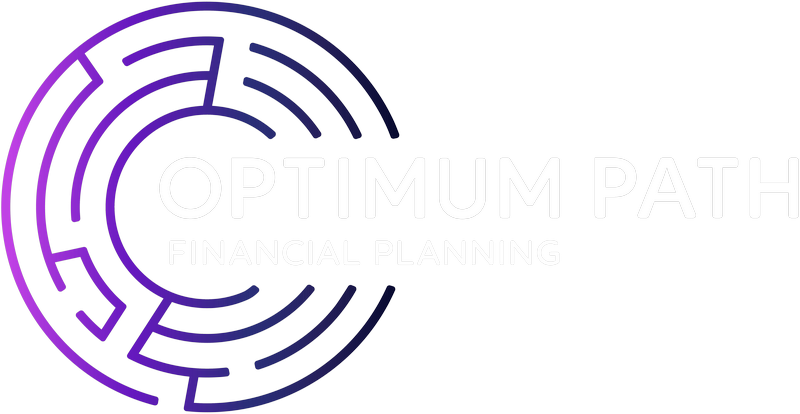22 March 2019
What allowances reset at the end of the tax year?
;)
The end of the tax year is now fast approaching. To get the most out of your tax-efficient allowances, it’s important to understand what they are and where they can be carried forward to next year. It could help you grow your savings and increase the profits you make.
The 2018/19 tax year will end on 5 April. For finances, it marks an important date in the calendar and getting the most out of your money. So, what allowances should you be checking to see if you can take advantage of them before a new tax year starts?
Individual Savings Account (ISA) allowance
Perhaps one of the most talked about allowances, the ISA annual limit is a good place to start. Each year you can place up to £20,000 into ISAs. There are several different types of ISAs available; the main two are Cash ISAs, which will pay interest on the money deposited, and a Stocks and Shares ISA, where the money is invested. Other ISA products, such as a Lifetime ISA, Help to Buy ISA, or Innovative Finance ISA may also be appropriate for you. If you choose, you can spread the annual allowance across several ISAs, for example, holding a portion in cash and investing the remainder.
The money held in an ISA and the interest or returns generated are free from Income Tax, making it an efficient way to save or invest. At the end of the tax year, the allowance resets and cannot be carried forward into the new year. As a result, where possible, maximising your ISA allowance is often advisable.
You can also open a Junior ISA (JISA) for children. A JISA is also tax efficient and typically Cash JISA interest rates are more competitive than their adult counterparts. However, the JISA annual allowance is lower, at £4,260.
Pension Annual Allowance
The standard amount that can be placed into pensions each year is £40,000, which will benefit from tax relief.
However, there are two reasons why your Annual Allowance may be lower. First, if you have an adjustable income over £150,000, you will have a reduced Annual Allowance. For every £2 your income goes over this threshold your allowance reduces by £1 by up to £30,000. As a result, if you earn £210,000 or more, your Annual Allowance will be just £10,000. Second, if you’ve accessed your pension, the contribution limit is capped at £4,000 annually.
Should you choose, you can deposit more than your Annual Allowance into a pension, but you won’t receive tax relief on these contributions and will be faced with an additional charge.
You can carry forward the pension Annual Allowance for up to three years. As pension contributions typically benefit from tax relief, making the most of your annual limit can boost your retirement provisions considerably.
Gifting allowance
If you’re concerned about potential Inheritance Tax (IHT) liability on your estate, the annual gifting allowance may be useful for reducing the bill beneficiaries could face.
Typically, when you provide gifts to loved ones, they are Potentially Exempt Transfers (PET) for IHT purposes. This means they may be considered part of your estate, and therefore included in IHT calculations if you pass away within seven years of the gift being received.
However, you can give away £3,000 annually that will be exempt from IHT straightaway. If you’re looking to reduce the value of your estate, the gifting allowance can be a useful way to do so over time.
There are also other gifts that are immediately outside of your estate for IHT purposes. This includes wedding or civil ceremony gifts up to the value of £1,000 per person, rising to £2,500 and £5,000 for grandchildren and children respectively, as well as gifts that come out of your income and gifts up to £250 per person.
Any part of the annual £3,000 exemption that isn’t used can be carried forward to the following tax year; you have until 5 April 2019 to use your full allowance for the tax year 2017/18.
Dividends
If you own shares in a company you may receive dividend payments from these. Dividends are considered income and therefore liable for Income Tax if you exceed the Personal Allowance, which is £11,850 for 2018/19, at your nominal rate. However, the dividend allowance can reduce how much Income Tax you pay on the sums received as a shareholder.
The dividend allowance was reduced drastically at the start of the current tax year, falling from £5,000 in 2017/18 to £2,000. As a result, you may be subject to more tax this year than in previous years. Your dividend allowance cannot be carried forward.
Dividends held in an ISA are not liable for tax.
Capital Gains allowance
Capital Gains Tax (CGT) is a tax that you pay on the profit when you sell an asset that’s increased in value. It’s liable on sales of chargeable assets, which include:
- Personal possession worth more than £6,000, apart from your car
- Property that’s not your main home
- Your main home if you’ve let it out, used it for business or it is larger than 5,000 square meters
- Business assets
- Shares that are not held in an ISA or Personal Equity Plan (PEP)
The CGT allowance is £11,700, or £5,850 for trusts. Gains over this amount will be subject to tax depending on your other sources of income and the asset. If you’re a higher rate Income Taxpayer, for example, you would pay 28% CGT on gains from residential property and 20% on other chargeable assets.
While your CGT allowance cannot be carried forward to a new tax year, you can carry forward losses and set these against gains in future years.
If you’d like to discuss getting the most out of your allowances and planning for the next 12 months, please contact us.
Category: News
